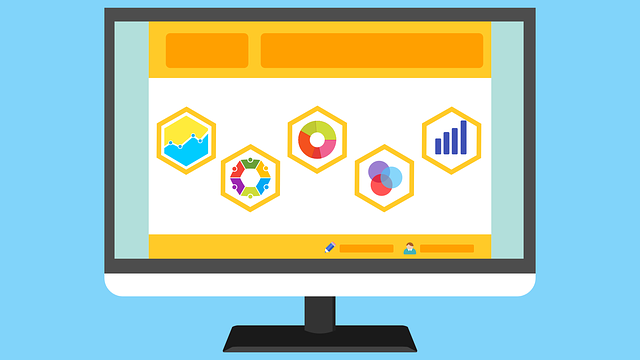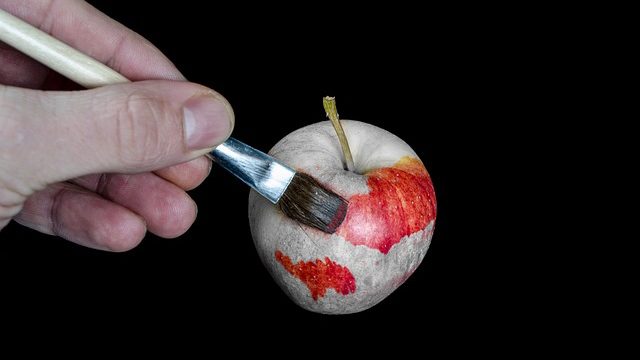I hope you have enjoyed reading Part 1 and Part 2 of the loyalty program performance measurement series. In this last portion, let’s look at what your metrics should be for the last two types of program goals: to attract new customers, and to gain customer insight.
Metrics When New Customer Acquisition is the Goal
The obvious metric for measuring new customer acquisition is the number of new customers acquired as a result of the loyalty program. Although it seems rather straightforward, it is necessary to note a few things about this. One, depending on the nature of your business, determining who are new customers may not be so easy. An online retail business typically has customers’ name and contact information. So identifying and determining the number of new customers is pretty straightforward. Without such information, a new loyalty program member may simply be an existing customer who decided to sign up for the program. Therefore, it is generally not a good idea to count sign-ups for the loyalty program as a metric for customer acquisition.
Instead, you may want to leverage POS data to identify new credit cards that have not previously been used at your business. This is not 100% accurate either obviously, as existing customers may simply be using a different credit card. But it is likely to be closer to the true number of new customers. Measurement of foot traffic or sales and then excluding frequency+spending growth by existing members can be another crude measure of new business. Finally, it is also possible to draw a random sample of your visiting customers and ask the simple question of whether it is the first time that they are buying from your store. Whichever approach you use, it’ll be best to have some baseline customer acquisition numbers before the program was established to compare the new numbers to. Continue reading “Measuring Loyalty Program Performance and ROI Part 3”


